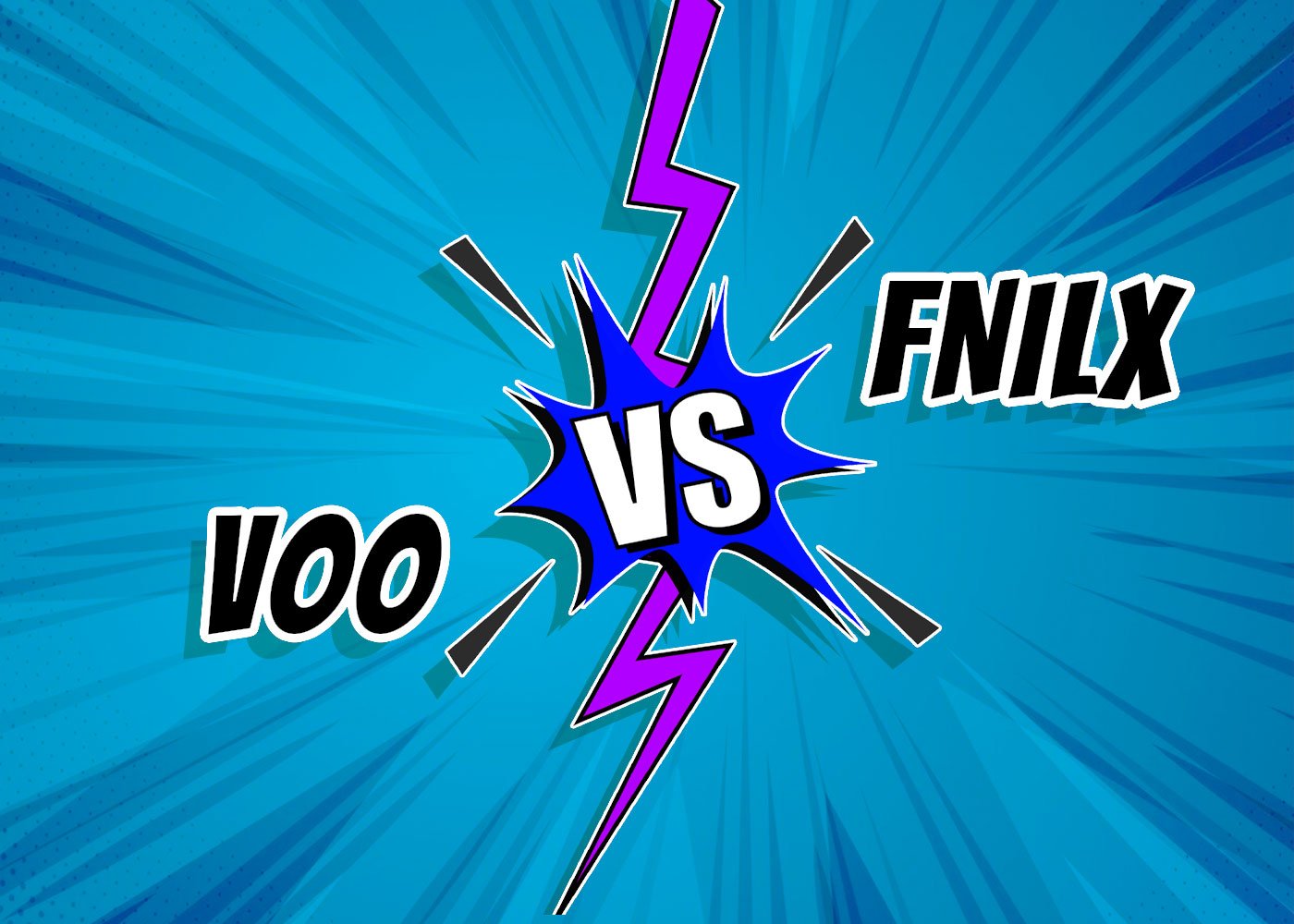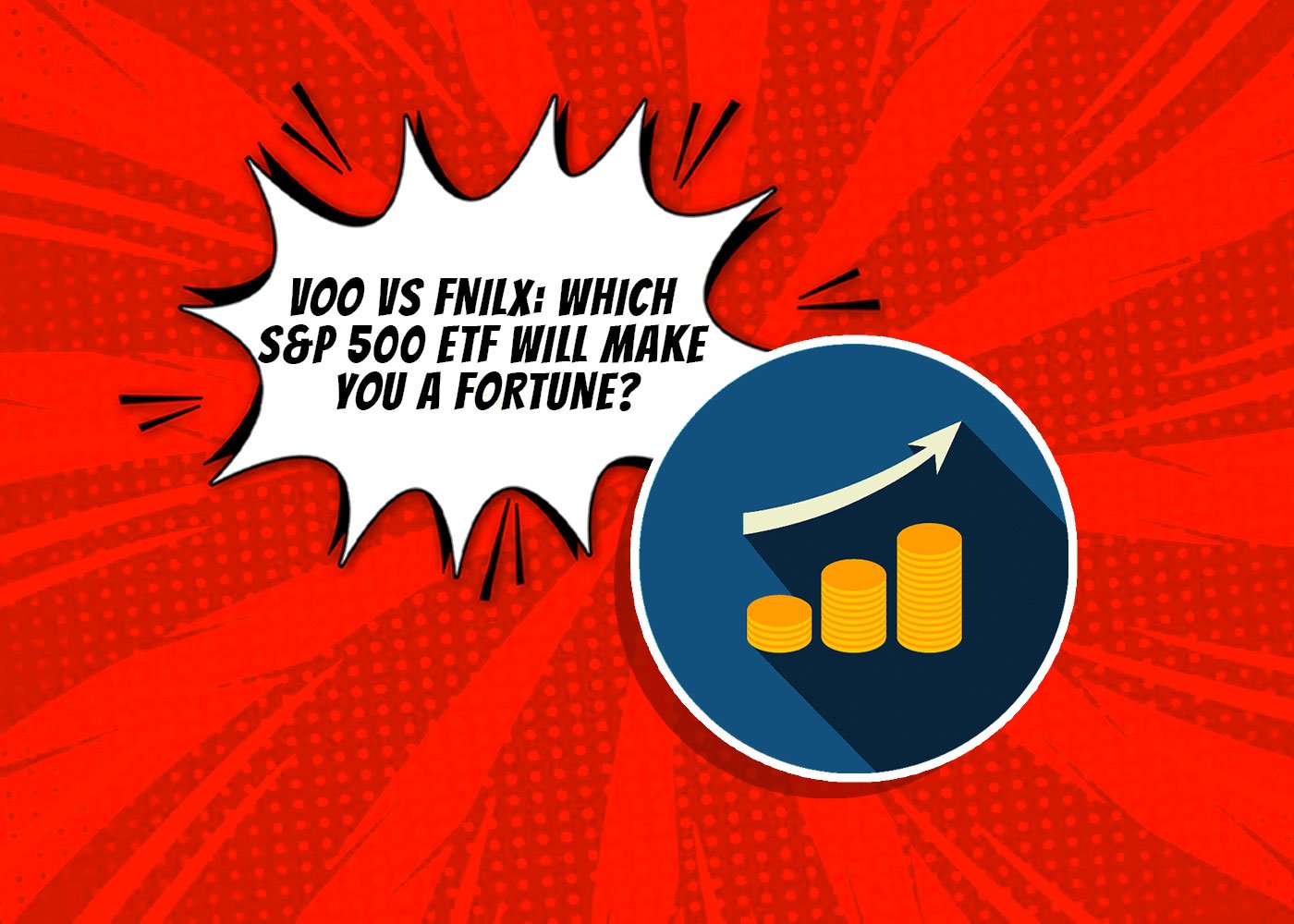Recently, investing in S&P 500 index funds has become one of the most searched topics. The main objective here is the result of a long-standing search for a popular strategy for investors seeking long-term growth and portfolio diversification.
Two widely recognized funds in this category are the Vanguard S&P 500 ETF (VOO) and the Fidelity ZERO Large Cap Index Fund (FNILX). While both funds aim to track the performance of the S&P 500 Index, there are important differences between them that investors should understand before making a decision. But first, we’d like to provide some basic information about the S&P.
What Is The S&P 500? What Are Its Characteristics?
The S&P 500 stands out as the general name of the American stock market index calculated by Standard & Poor’s, which includes the 500 largest American companies. This index, which can generally be traded in international futures markets, is also traded with high leverage in foreign exchange markets under the name Contracts for Difference (CFD).
Unlike international futures markets, the S&P 500 index contract is traded in cash on foreign exchange markets. This contract also has no expiry date.
It should be noted that overnight costs are incurred as the SP500 contract is traded in cash on the foreign exchange markets.
As the most widely traded index contract in the world, the SP500 index allows traders to bet on the rise or fall of the American index. The S&P 500 index can be traded on foreign futures markets without incurring swap costs. Now back to our original topic.
What Is VOO? Information About VOO
VOO is an exchange-traded fund (ETF) designed to track the performance of the S&P 500 Index. Its investment objective is to provide investors with long-term capital appreciation by investing in a diversified portfolio of large-capitalization US equities.
VOO’s advantages include a low expense ratio, high liquidity and strong historical performance. Disadvantages include the potential tracking error that can cause the fund’s performance to diverge from its underlying index and the tax implications associated with ETFs.
VOO’s key features include its focus on large-capitalization and well-established US companies. This fund offers investors a low-cost way to gain exposure to the S&P 500 Index and has a proven track record.

What is FNILX?
FNILX is a mutual fund designed to track the performance of the Fidelity U.S. Large Cap Index, which is designed to mirror the performance of the S&P 500 Index. The investment objective is to provide investors with long-term capital appreciation through investment in a diversified portfolio of large-cap US equities.
The advantages of FNILX include a zero expense ratio and strong historical performance that can result in significant expense savings over time. Disadvantages include the potential for tracking error and a minimum investment of $0.
Key features of FNILX include its focus on large-caps and established US companies. This fund offers investors a low-cost way to gain exposure to the S&P 500 Index while eliminating expense ratios, providing a unique opportunity for cost-conscious investors.
What Are The Key Differences of VOO vs FNILX?
A comparison of VOO vs FNILX reveals a number of different issues. Although they have generally similar investment objectives and assets, there are important differences. The main difference is in their structure: VOO is an ETF while FNILX is a mutual fund. This difference affects their trading flexibility, minimum investment amounts and tax treatment.
How To Choose Between VOO And FNILX
First of all, there are many different options when it comes to VOO vs FNILX. These allow you to consider factors such as your investment objectives, risk tolerance and portfolio diversification to determine which fund is right for you.
Also consider the fees and expenses associated with each fund. While VOO has a low expense ratio, FNILX has no expense ratio, making it an attractive option for cost-conscious investors.
If you wish, both VOO and FNILX offer attractive options for investors seeking long-term growth with exposure to the S&P 500 Index. The choice between the two funds depends on individual preferences such as trading flexibility, minimum investment amount and tax implications. By understanding the key differences between these funds and carefully considering your investment objectives, you can make an informed decision about which fund is best for your portfolio.
It may get your attention:
Untangling the Truth: Do Hasidic Jews Pay Taxes?
2023 Income Inequality: What Percentage of the Population Makes Over $300K?








